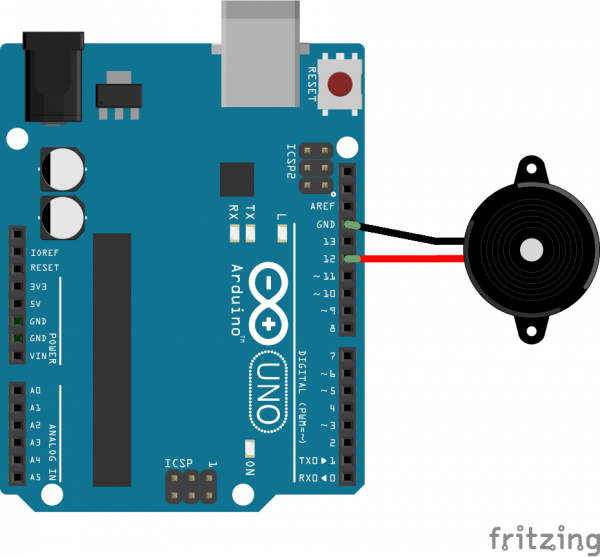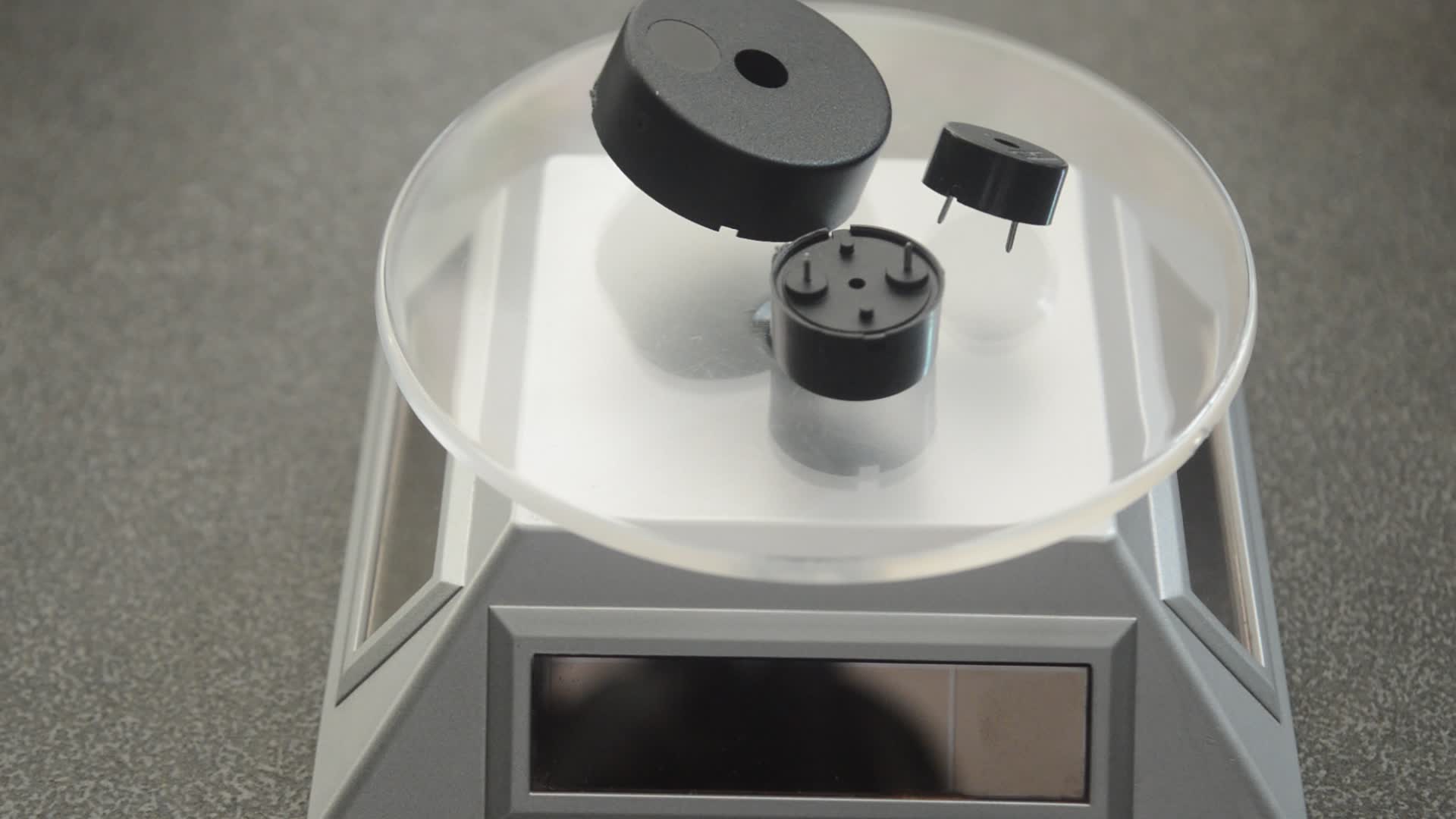

This code can be modified and adjusted to suit your needs. The following code will control a piezo buzzer with a button on the Arduino. Code for Controlling a Piezo Buzzer with an Button on the Arduino Check out our Arduino Button Tutorial for more information on pull-down resistors. However, the project will likely have numerous problems and false presses frustrating the student more than just learning a simple extra step. Many tutorials like this leave off the pull-down resistor for simplicity’s sake. One note is that a pull-down resistor is best practice for this type of project.

#A piezo buzzer how to#
This wiring diagram will teach you how to connect all of the components to the Arduino.

RELATED: Control a Relay with a Button on the Arduino Arduino Wiring Diagram to Control a Piezo Buzzer with a Button We highly recommend you check out our first tutorial on piezo buzzers if you’ve not already completed it. Passive piezo buzzers need to be sent a PWM signal in order to work. How To Make Piezo Buzzer At Home Very EasyIn this video i made a piezo buzzer using piezo plate, bc547 transistor, inductor from old cfl circuit and 220 o. Active piezo buzzers will sound just by apply 3.3-5V to the positive lead. If you’re not yet familiar with piezo buzzers there are two different types: active and passive. Image credits: In the next section, I will take you through the most critical parameters of a piezoelectric buzzer. You will connect the negative wire to the GND pin and the positive wire to a PWM pin of the Arduino. If you use them, they cost you nothing, but we may get a small commission that helps us keep building awesome content like this. Positive (Red) and negative (black) wire. Some of these links may be affiliate links. Here’s a handy parts list for this project. If you’d like to do this with a passive piezo buzzer you can find the code here. In this tutorial we will be using a active piezo buzzer. Pressing a button on your breadboard will cause the piezo buzzer to sound. These were widely used as electrical continuity testers until the advent of semiconductors, since the high-voltage transient caused by the opening contacts could, and can, easily destroy diodes and transistors.In this Arduino Tutorial we’re going to learn how to control a piezo buzzer with a button.
#A piezo buzzer drivers#
The third wire is used to generate feedback at the resonant frequency of the transducer, making it easy to use the transducer in a "self-driven" oscillator.īeepers comprise a family of sounders with their drivers integrated into the buzzer package, and merely need to be connected to power and perhaps to an "enable" signal to produce an audio output.Ī notable exception is the original buzzer, which was essentially a form "B" DC relay with the contacts connected between the supply and one end of the coil, with the other end of the coil being connected to the other side of the supply when a buzz was wanted. This transducer's resonant frequency is determined by the material characteristics of the coupled ceramic and metal elements and is also usually housed in an enclosure tuned to the resonant frequency of the transducer. When an alternating electrical signal is impressed across the ceramic its dimensions change and force the diaphragm to deflect back and forth normal to its surface. However, since the purpose of the device is to get attention, the housing and transducer are usually tuned for the purpose of generating a single loudness-optimized tone at a specific frequency within the range of human hearing.Ī piezo buzzer, on the other hand, comprises a piezoelectric ceramic material bonded to a thin metal diaphragm. Some buzzers comprise a miniature loudspeaker-like device to generate sound and can be driven over a range of frequencies.
#A piezo buzzer driver#
In general, if you're talking about modern audio signalling devices, buzzers must be externally driven, while beepers contain an internal driver and merely need a DC power source to operate.


 0 kommentar(er)
0 kommentar(er)
